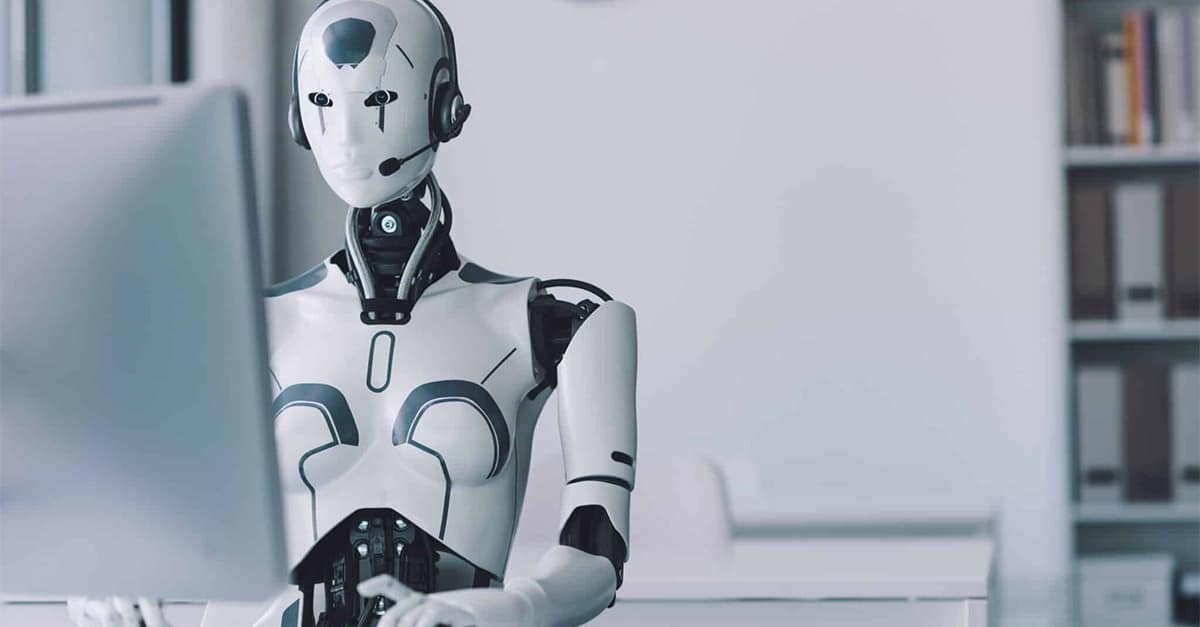01/02/2024
Generative AI (GenAI) flew into the mainstream in November 2022 with the release of the OpenAI project ChatGPT, a free-to-use tool that is trained to follow instructions in a prompt and output a detailed response.
Online media coverage averaged roughly 200 articles per day between February and May 2023, while business TV news coverage averaged between 40 and 20 clips per week during the same period.
While much of this coverage fuelled irrational fear and trepidation, many business leaders and employees have seen the writing on the wall, with one McKinsey report admitting, “It’s clear that generative AI tools like ChatGPT… have the potential to change how a range of jobs are performed. The full scope of that impact, though, is still unknown—as are the risks.”

GenAI: A step change for businesses?
Doom-mongering and thoughts of job theft aside, it’s clear to see that GenAI could potentially be transformative for businesses who implement it in the right way—just like other types of AI have been.
We’re already seeing big players like Microsoft and Google taking steps to embrace it with the release of their own generative AI subscriptions: CoPilot and Duet. The former is built on the OpenAI ChatGPT platform, and the latter is being built on Google’s in-house Gemini Large Language Model.
While these embed the power of generative AI into workspace applications, businesses will need to consider how they can extend these tools into line-of-business applications and other business processes or build their own bespoke generative AI solutions.
In the context of digital workplaces, custom-built generative AI solutions could be a powerful agent of change with the potential to fundamentally transform all aspects of work while simultaneously creating value.
While much of the chatter in the last year has focused on GenAI’s ability to automate tasks, we can’t ignore its potential to go beyond this. The very best GenAI implementations could well be used to reshape the entire employee experience in the digital workplace by supporting the various aspects of work that make it engaging, meaningful, and fulfilling.
Leaders who recognise GenAI’s potential impact on the employee experience will naturally foster better employee engagement, collaboration, and motivation. What this translates to is obvious: higher loyalty, better customer experiences, and a growing bottom line.
Achieving this, however, will require more than a simple GenAI implementation; it’s not a plug-and-play scenario. You can’t just switch it on and off. Organisations that seek to embrace it must be open to effectively reinventing their operations from the ground up, perhaps even creating new job roles and redefining older ones, and implementing solid data governance strategies.
There are therefore a few important questions that leaders need to ask themselves:
- Has our current digital workplace strategy been fully adopted and embraced?
- Are departments and employees open to new technologies?
- Are our people open to the implementation of AI?
- Are there any obstacles to adoption, such as unalleviated fears?
- Are any departments struggling to adopt our current digital workplace strategy?
- Are we conducting regular workforce surveys to assess employee concerns, wishes, and demands regarding our current digital workplace strategy?
The power of Generative AI in digital workplaces
According to another recent McKinsey report, GenAI has the potential to add $2.6 to $4.4 trillion in productivity value across different industries across four key areas: customer operations, software engineering, sales and marketing, and product R&D.
Organisations that can answer these questions and who look to implement a GenAI strategy therefore stand to benefit significantly. The issue that many leaders are currently facing isn’t in understanding the potential impact and benefits of a GenAI implementation, however, it’s figuring out where it fits into their existing digital workplace.
Most, if not all, digital workplaces will be cloud-based platforms where all workflows take place in a virtual space. The question in these situations therefore isn’t one of where GenAI fits in but rather, where doesn’t it?
In concrete terms, all cloud-based applications, data, and tools that are used in the digital workplace can benefit from GenAI in many ways with the right implementation:
- Data analysis: AI can be used to take over data analysis and provide leaders with real-time insights that cover thousands of unique data points for better, faster, and more accurate decision-making.
- Communication: GenAI can be used in a variety of ways as a virtual assistant to automate tedious and repetitive tasks, such as scheduling meetings and compiling minutes.
- Information search: Some surveys indicate that employees spend as much as 20% of their time searching for information. That amounts to an entire workday per week which the right AI implementation could salvage for organisations.
- Chatbots: GenAI isn’t just for employees. It can also transform the customer experience through solutions such as chatbots that provide instantaneous customer support for the most basic and common queries.
5 ways GenAI can transform your digital workplace
1. It takes a load off your employees
One of the first potential implications for a robust GenAI implementation is its ability to reduce the amount of effort required from employees when completing repetitive, menial tasks.
Keep in mind that at its core, generative AI is a large language model that is capable of being fed simple instructional inputs and then generating a readable output. This means that it naturally has many applications for repetitive or otherwise time-consuming tasks such as preparing graphs and presentations from a dataset, creating executive summaries for proposals, and responding to run-of-the-mill email queries.
2. It enables better control of cloud-based platforms
It’s not uncommon for even the most basic of digital workplaces to be made up of several tools, solutions, and platforms in the cloud—each with its own unique strengths and challenges. Maintaining and keeping on top of these can be quite a task, particularly when it comes to round-the-clock monitoring, and it’s easy for things to slip through the net.
GenAI can play a significant role in enabling human operators to do this by leveraging algorithms to detect patterns, predict potential issues, and suggest improvements, leading to more streamlined and efficient workflows.
With time, a GenAI solution can learn from its past experiences to provide a higher degree of accuracy in the future, enabling system errors and failures to be detected and avoided even earlier.
3. It enables faster and more accurate data analysis
GenAI significantly enhances organisational capability to analyse vast datasets such as customer interactions, market trends, and internal processes by leveraging advanced algorithms to sift through it much more efficiently than human analysts. In doing so, it can identify patterns, anomalies, and insights not only more quickly, but also those that might otherwise go unnoticed.
GenAI also adds a layer of sophistication to data analysis through complex predictive analytics, which can forecast future trends and behaviors based on current data. This is particularly beneficial for strategic planning and decision-making where, for example, in operations, it can forecast demand spikes or supply chain disruptions, enabling businesses to prepare in advance.
4. It enables better device management and oversight
GenAI significantly enhances the ability to assess and manage the longevity of hardware within a digital workplace. In a world where technology is rapidly evolving and business operations heavily depend on it, proactive management assets is mission critical. AI can continuously monitor the health and performance of hardware, from individual components in a workstation to large-scale servers and network systems.
By analysing usage patterns, environmental conditions, and performance data, AI can predict when a piece of hardware is likely to fail or need maintenance, thereby allowing businesses to plan maintenance and hardware replacements before failures occur, minimizing downtime and ensuring continuous productivity. Furthermore, with integration into an internal AI-based chatbot, these issues can be automatically reported to IT.
Beyond predictive maintenance, GenAI can also contribute to optimizing the use of existing hardware resources. For instance, AI algorithms can analyse workloads and usage patterns to suggest more efficient ways of utilizing hardware, thereby extending lifespans.
5. It enables a better security posture
Finally, by integrating GenAI solutions throughout digital and physical workplaces, organisations can significantly bolster their digital and physical security postures.
AI systems, when connected to a network of cameras and sensors, can continuously monitor and analyse activities within a workplace. This setup enables real-time detection of unusual or potentially hazardous situations. For instance, AI can identify unauthorized access attempts or recognize patterns that might indicate a security breach.
Beyond asset protection, GenAI can also play a critical role in improving physical safety. It can detect potential workplace hazards, such as unattended equipment or unsafe behavior, thereby preventing accidents before they occur. This dual role of AI in monitoring both cyber and physical realms helps to ensure a comprehensive security approach.
Furthermore, as cybercriminals increasingly use AI for malicious purposes, such as deploying sophisticated malware or breaching firewalls, it’s imperative for companies to stay a step ahead by also leveraging AI and GenAI in their cybersecurity strategies; AI’s capability to analyse vast amounts of data at high speeds allows it to identify potential threats that traditional security systems might miss.
Generative AI for your digital workplace transformation
In just 12 months, generative AI has proven itself to be a disruptive and truly transformative technology that has caught everyone’s attention.
Many organisations are already using it to advance their existing digital workplace strategies and continually improve the employee experience, safeguarding their positions as market leaders into the future.
You know that you need to implement GenAI but if you’re not sure how, consider partnering with the experts at Getronics. We’re a global leader in digital transformation, and it’s our mission is to maximise your business potential with our powerful AI-backed tech solutions.
With a team of more than 4,000 specialists across 22 countries, we’re uniquely positioned to provide comprehensive end-to-end digital services that drive growth, reduce cost, and deliver real, quantifiable success.





